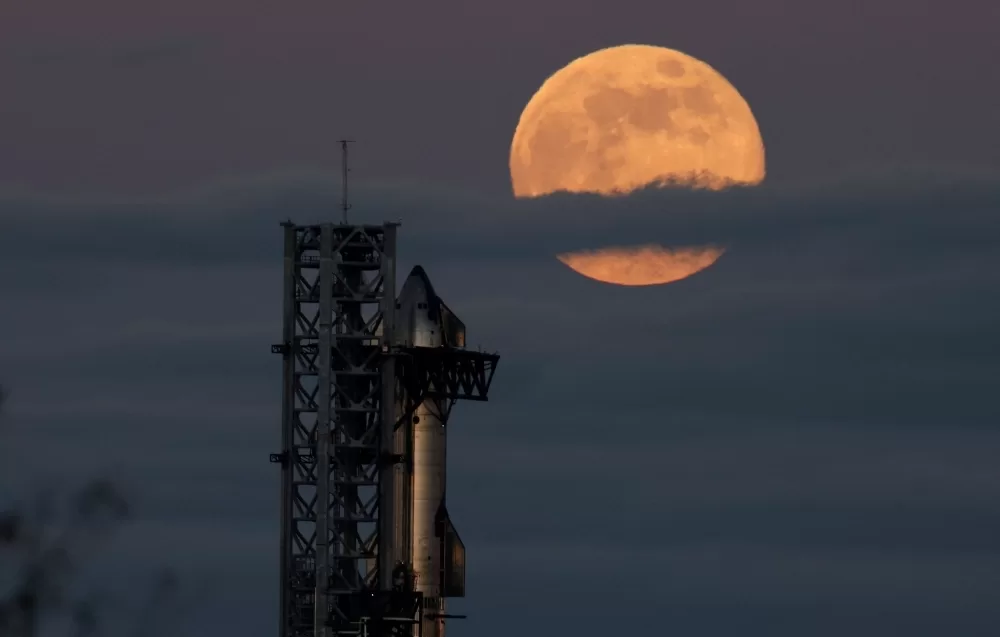China-Russia nuclear power plant proposals resurfaced as China has set its sights on the moon as the focal point for deep space exploration. In a recent Shanghai conference, Chinese space authorities revealed an ambitious plan: building a nuclear power plant on the surface of the moon to power the International Lunar Research Station (ILRS), in a partnership with Russia. The ILRS will be a manned station, with missions starting as early as 2028. Solar energy will play a part, but long-term success relies on nuclear energy, said Pei Zhaoyu, Chief Engineer of the Chang’e-8 mission. “Power supply is key,” said China’s top lunar planner Wu Weiren, citing Russia’s leadership in nuclear technology. Russia’s space agency, Roscosmos, has been advocating for a joint nuclear reactor on the moon for years. Fortunately, increased support is evident in China’s recent proposal. China envisions astronauts setting foot there within 2030. The collaboration would also be capable of ushering in a new generation of lunar science and energy.
Also read:
The Lunar Nuclear Power Race is On: Russia and China’s Atomic Gambit on the Moon
Scope of Implementation of the China-Russia Nuclear Power Plant

The China-Russia nuclear power plant project will be located at the south pole of the moon. The region is vital for its long periods of sunlight. Furthermore, it is optimal for the acquisition of potential resources. The plan entails building pipelines, solar panels, and power cables across the surface. Moreover, Roscosmos will contribute nuclear expertise, and China will provide infrastructure and launch services. The nuclear module is expected to be ready by 2035, which will coincide with the full deployment of the ILRS. This mission would reduce Russia’s dependence on Western technology. It would also allow China to become the leader in space energy. As Wu Weiren noted, “This time, both countries must succeed.” China’s timeline to build an outpost on the moon’s south pole coincides with NASA’s more ambitious and advanced Artemis programme, which aims to put U.S. astronauts back on the lunar surface in December 2025.
Also read:
San’ao Nuclear Power Plant in China: Nuclear Island Installation Work Starts at Unit 1

